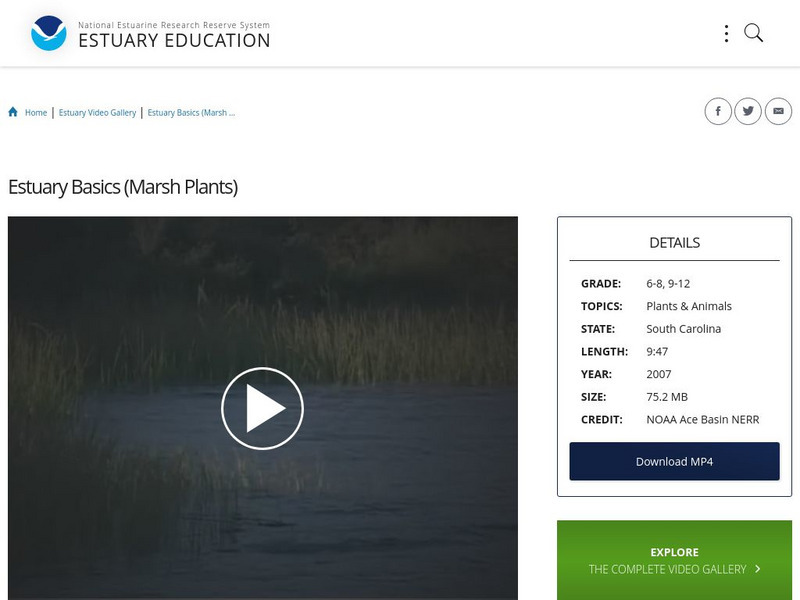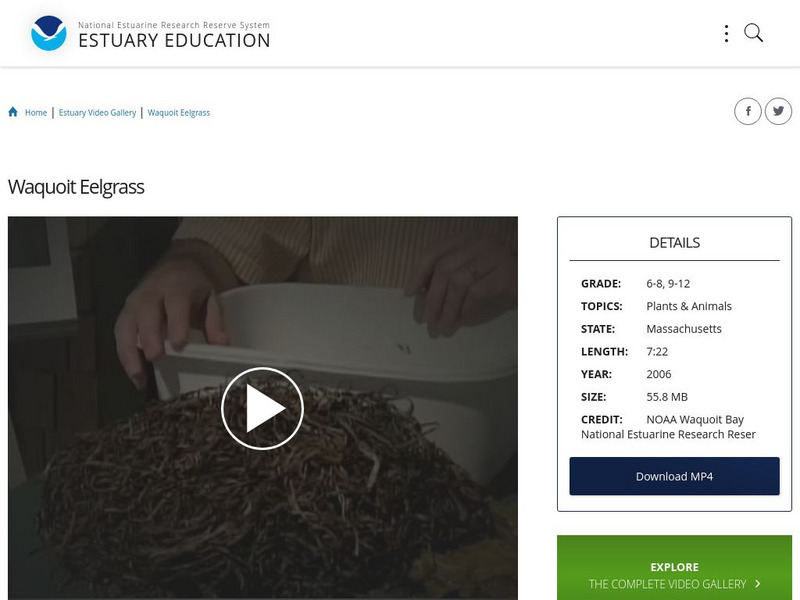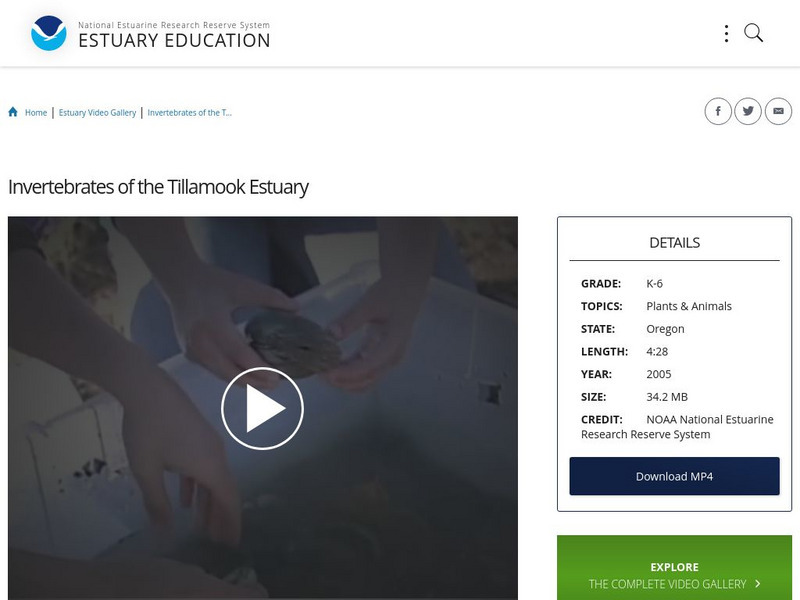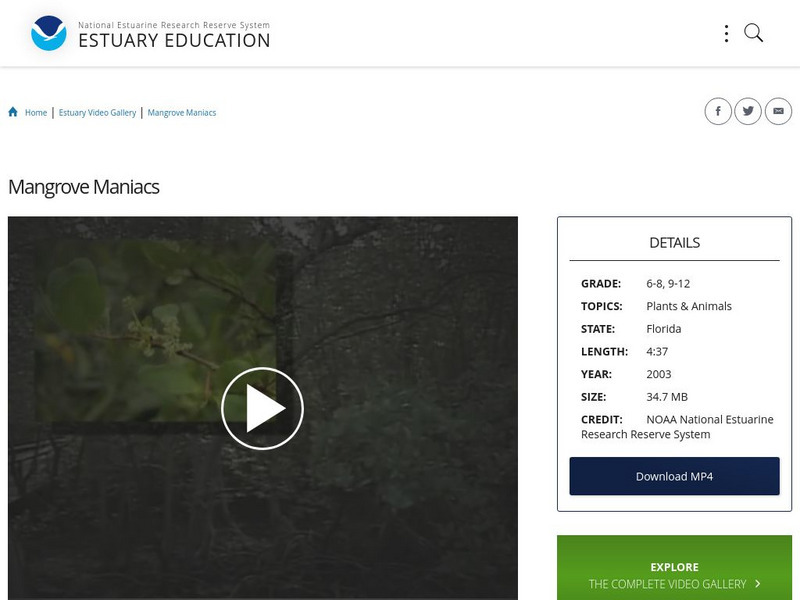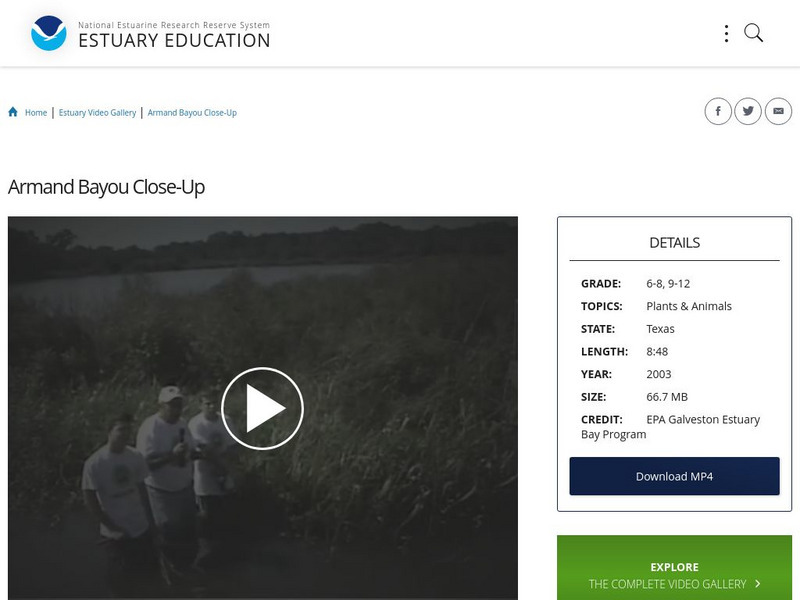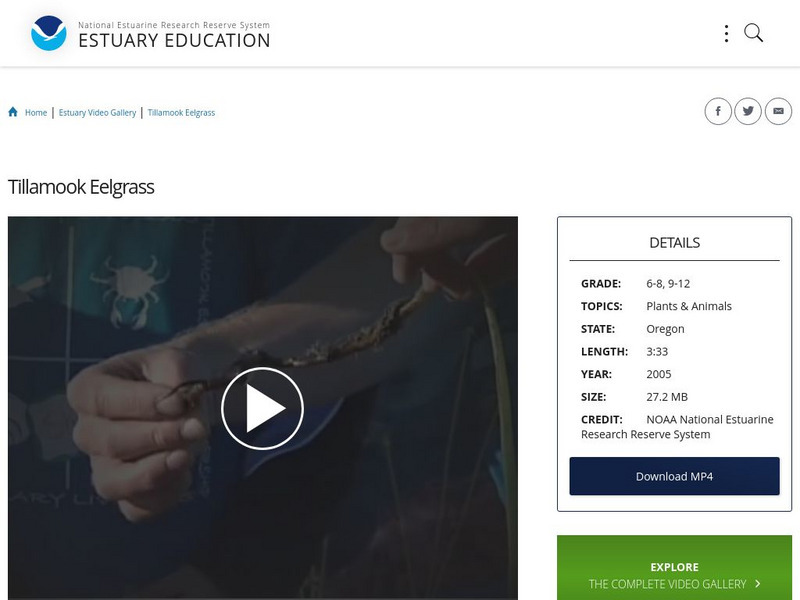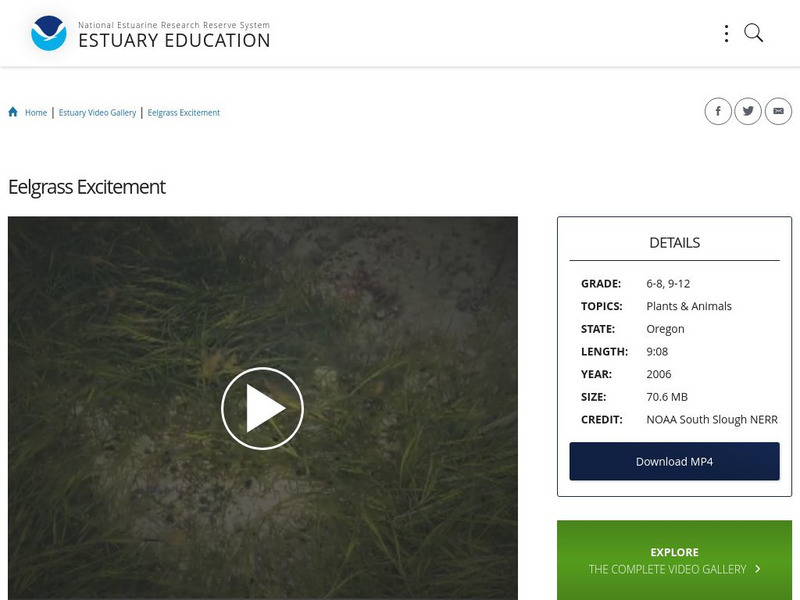Curated Video
Blender to Unreal Engine - 3D Plants and Vegetation - HDRI Lighting
This lesson will be a complete guide to setting up realistic lighting to preview our meshes. You will learn to append a base skylight into our project and adjust its settings. This clip is from the chapter "Introduction and Blender...
Curated Video
What Is The Carbon Cycle - Part 1| Environmental Chemistry | Chemistry | FuseSchool
Watch the first part of our Carbon Cycle videos, as part of environmental chemistry. Photosynthesis and respiration help carbon to be cycled in nature by using energy from the sun. As living things grow, they have to build up large...
Curated Video
What Is The Carbon Cycle - Part 2 | Environmental Chemistry | Chemistry | FuseSchool
Watch part 2 of the videos on the Carbon Cycle, as a part of environmental chemistry. Photosynthesis and respiration help carbon to be cycled in nature by using energy from the sun. As living things grow, they have to build up large...
Curated Video
Charles Darwin's Observations | Evolution | Biology | FuseSchool
Charles Darwin was a keen naturalist and geologist who made detailed observations about the natural world. Whilst studying at Cambridge, Darwin learnt many important scientific skills including species identification, how to catalogue...
Curated Video
How Is Nitrogen Used | Properties of Matter | Chemistry | FuseSchool
Learn the basics about the properties of nitrogen as a part of the overall properties of matter topic. Nitrogen makes up approximately 78% of the air around us. In this lesson, we will learn about nitrogen, its properties, and its...
NOAA
Noaa: Estuary Education: Estuary Basics (Marsh Plants)
Meet scientist Saundra Upchurch of the Ace Basin Reserve and learn about the marsh plants of South Carolina's "Low Country." [9:43]
NOAA
Noaa: Estuary Education: Plants (Circle of Life)
A segment from the film Waters of Life takes a look at the role of plants in the estuary, and the cycle of life that depends on them. [3:27]
NOAA
Noaa: Estuary Education: Carnivorous Plants
Visit a beautiful bog in the Weeks Bay Reserve in Alabama, home to a variety of carnivorous plants. [10:03]
NOAA
Noaa: Estuary Education: Waquoit Eelgrass
Eelgrass is one of the most important indicator plants in the estuary. Learn about how the health of this plant is often a measure of the health of the ecosystem. Also includes a look at how septic systems impact estuary plants. [7:22]
NOAA
Noaa: Estuary Education: Restoring the Estuary
Students learn about the destructive effect invasive plants have on an estuarine ecosystem, and they get hands-on experience getting rid of these non-native species. [5:41]
NOAA
Noaa: Estuary Education: Invertebrates of the Tillamook Estuary
Students learn about Tillamook Estuary invertebrates and their importance in the food web. [4:25]
NOAA
Noaa: Estuary Education: Mangrove Maniacs
Learn about the life cycle and seed dispersal methods of mangrove plants found in Florida. Understand why these plants are important in the estuary. [4:32]
NOAA
Noaa: Estuary Education: Armand Bayou Close Up
Get wet and muddy with scientist Eddie Seidensticker as he and two students take an up-close look at the plants of Armand Bayou in Texas. [8:42]
NOAA
Noaa: Estuary Education: Tillamook Eelgrass
Eelgrass is one of the most important plant species in the estuary. Tillamook estuary has both native and introduced species of eelgrass. Students learn what this means for the fragile estuarine environment. [3:30]
NOAA
Noaa: Estuary Education: Building a Salt Marsh
Find out how a salt marsh can be built or rebuilt. This video explains how plants are chosen to restore a salt marsh near New York City. [3:52]
NOAA
Noaa: Estuary Education: Saving the Tijuana Estuary
The estuary stands as the last barrier between the Pacific Ocean and pollution. Its mix of plants and silt acts as a filter that purifies contaminated inland rain and flood waters before they reach the ocean. [3:47]
NOAA
Noaa: Estuary Education: Mangrove Q&a
Scientists answer student questions about mangroves and why these plants are a keystone species in Florida's estuaries. [7:06]
NOAA
Noaa: Estuary Education: Eelgrass Restoration
Take a look at the scientific efforts to reseed the valuable but shrinking eelgrass bed habitats in the estuarine ecosystem. [3:06]
NOAA
Noaa: Estuary Education: Eelgrass Excitement
Find out about species, location, habitat, and other ecological factors of vital estuary eelgrass. [9:08]
NOAA
Noaa: Estuary Education: Sampling Seagrass
A look at various types of estuary grasses and the animals that are sheltered in this habitat, plus a look at the methods scientists use to study these grasses. [6:10]
NOAA
Noaa: Estuary Education: What Lives in the Bay?
A quick, simple look at some of the typical animals found in the estuary ecosystem of Waquoit Bay. [3:22]





